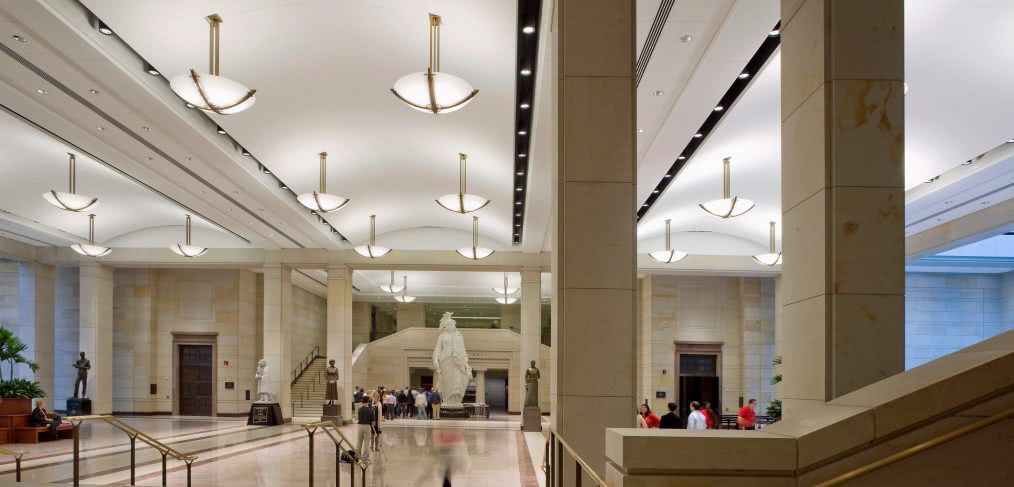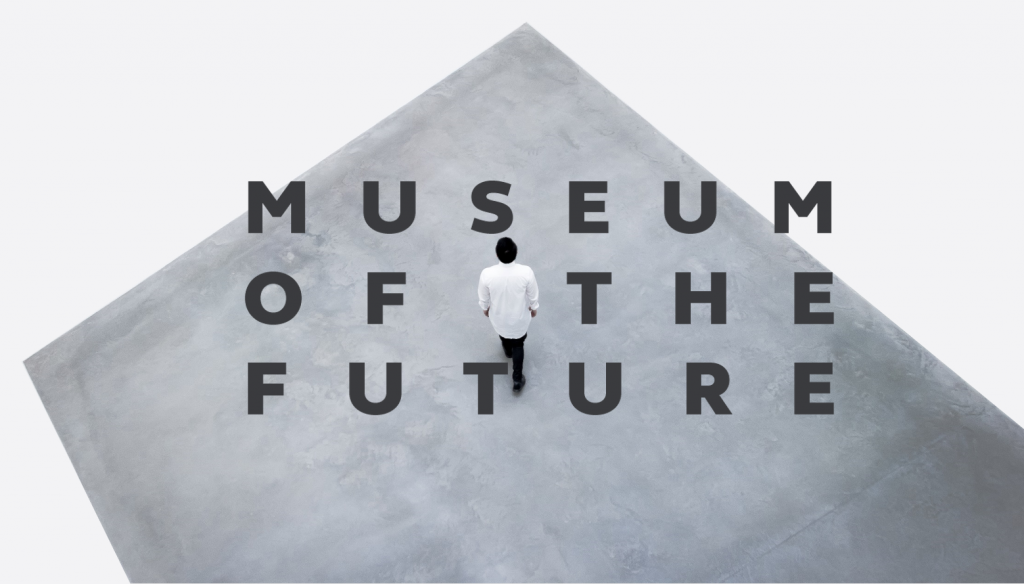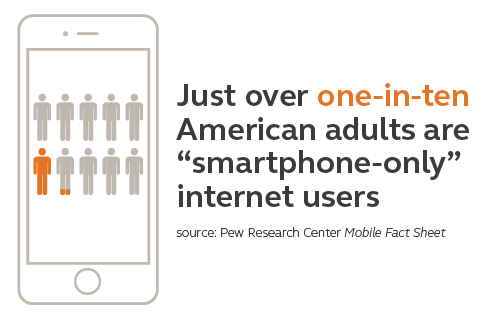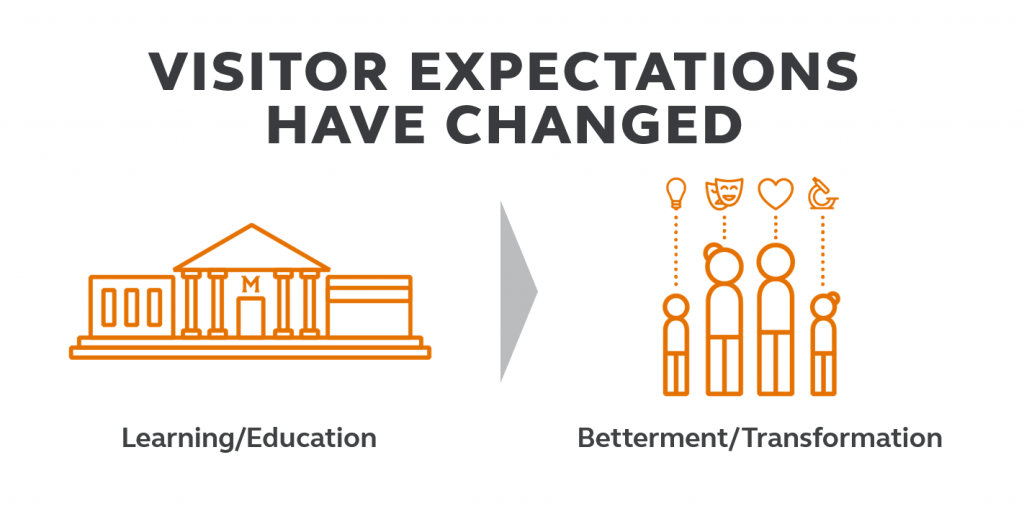
The Future of Museums: On the Ground
In the second installment of the Museum blog series, Kirill Pivovarov discusses the changing built environment for museums and other cultural buildings.
When we talk about future trends, we mostly talk about emerging technology. People often see technology and the built environment as two separate worlds—technology is often viewed as forward-thinking progress and the built environment is treated as context, yet they are both part of our built environment, affecting and defining our experiences.
To get a general picture of all the moving parts, let’s start with a timeline: the technology cycle today is changing and updating every year, while international building codes change every three years and the interior workplace changes about every seven to 10 years (length of the typical commercial lease). Buildings generally last about 30 years before they’re modernized or demolished to give way for a new structure.
When it comes to museums, they must last much longer. As we design and build new museums and cultural spaces, we need to consider the physical environment; it needs to be flexible enough to accept constant and fluid renewal of visitor experiences, technological infrastructure and improvement of overall building performance.

There are several emerging trends, which will shape future museums:
From Iconic to Inviting Diversity
The most memorable museums constructed during the 20th century were iconic. These structures were often designed with a rigid framework, which makes it difficult to renew as trends change. As the world around us grows more complex, diverse and fluid, these beautiful but rigid structures reflect the challenge museums face to attract a broader audience. It seems clear that, like retail, museums will have to fully embrace a community and social network component that opens them up to more diversity, deeper experiences and more personal (or tailorable) interactions.
Flexible Space
When a museum has something like a temporary exhibit facility, the only constant is change. These facilities tend to attract a large volume of visitors to their high-profile, short-duration events. In fact, museums pioneered the idea of flexible public space, long before pop-up retail and co-working spaces became part of the zeitgeist.
Exhibition spaces today have integrated ceilings designed to accommodate all major building systems; the mechanical system’s designed to provide tight control of the exhibit environment; the floor system’s designed to accommodate constant relocations of wall and object attachments. But to be truly flexible museums need more than just an adaptable exhibit space.
Visitor experience trends driven by ever-changing expectations call for dissolving boundaries between physical and virtual experiences. This trend requires special investment in infrastructure and changes to our design approaches. Today, museums need an integrated, robust technological infrastructure (e.g., Passive Optical LAN and POE systems) to accommodate continuous evolution in user-facing technologies. The infrastructure needs to be invisible to the visitor and design solutions must allow rapid and low-cost renewal of technology.

Physical Infrastructure for Digital Platforms
Museums have used audio guides for decades, but there is a new opportunity to better connect with guests. The Pocket Docent Apps on mobile devices, or new audio experiences created by the museum, are trending front and center.
The future interactive pocket docent experience will be driven by AI and requires highly functional cellular networks to provide sufficient bandwidth and speed for data. These visitor experience digital platforms shouldn’t overwhelm building systems, which in the future will also use more cellular data but can’t rely exclusively on cloud applications. In fact, both future customer experience and IoT building systems will be supported by combining the cloud and local computing. Our future buildings will integrate microdata centers and emerging high capacity battery technology.

Back of House Showcase
Back of house (BOH) spaces in museums are full of hidden treasures. In fact, the collection storage, conservation spaces, the science and research efforts and exhibit planning are often more fascinating for the visitors than the exhibit itself. Engaging visitors with BOH activities often presents unique educational opportunities. This design trend of showcasing BOH space challenges museums to re-think every aspect of the operational balance and requires new innovative design solutions.
High-Performance Architecture / Beyond Green Palate
Most museums are not known as icons of sustainable design. We need to carefully evaluate functional performance and sustainability of museum buildings to better understand their cultural, economic and environmental impact.
Current museum standards call for tight temperature and humidity ranges that may not always allow for the best balance between artifact conservation and human comfort. On the other hand, museums are one of the few project types that tend to have more sophisticated building systems that could accommodate integrated smart building features at a reasonable cost.
Integration with Communities
A lot of museums are community-focused organizations with programs designed to engage larger and more diverse local groups. Architecture and physical spaces must be designed to support these efforts. The building is no longer just a visual exterior symbol with interior dark walls for exhibits. Museums must engage not only tourists but the surrounding communities.
The building must activate and engage adjacent public space, too. Mixed-use, flexible programming, adaptable planning and design of the building interface between public space and exhibition space will draw people to the building and have higher engagement with locals. Similar planning and design approaches are implemented on every mixed-use or retail driven project, as well as interconnected urban environments and public spaces. Successful implementation of these ideas must overcome functional and security concerns.

Moving Ahead
As our expectations, experiences and spaces lose the rigid framework of the past, we must re-evaluate how we design and use our cultural and civic buildings.
Innovation is key to attracting new visitors and retaining current ones; the future of our cultural built environment will be driven by adaptability, flexibility and visitor engagement.
